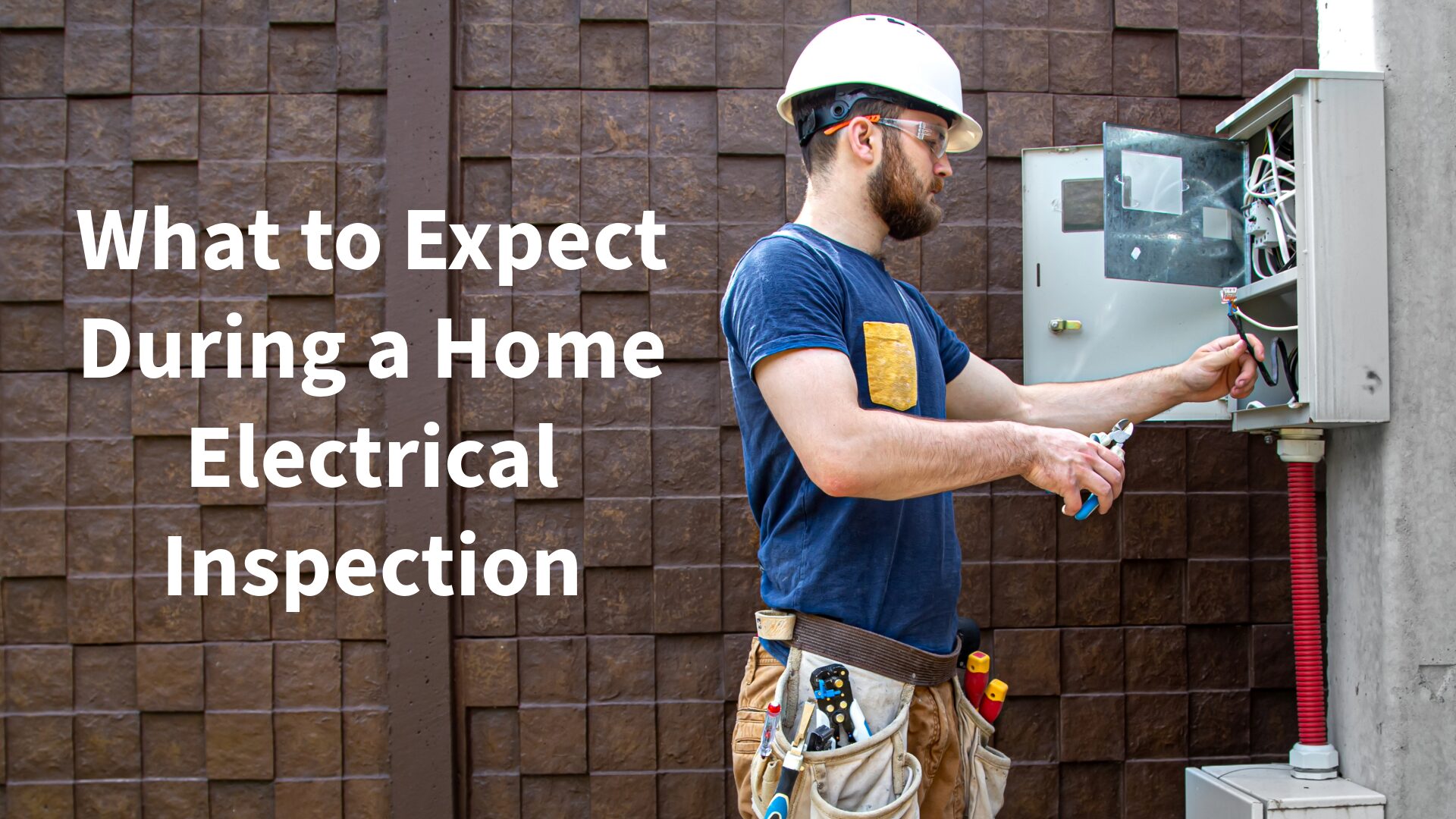Whether you’re buying a new home, renovating, or just want peace of mind, a professional electrical inspection is one of the smartest investments you can make. It helps uncover hidden issues, ensures your home meets code, and protects your family from electrical hazards. But what exactly happens during an electrical inspection? Here’s a breakdown of what to expect.
Why Get an Electrical Inspection?
Before we dive into the details, here are a few common reasons why homeowners schedule inspections:
-
Purchasing a new or older home
-
Preparing for a major renovation or addition
-
Installing large appliances like HVAC systems or hot tubs
-
Experiencing flickering lights, frequent breaker trips, or other issues
-
Peace of mind—especially in older homes with outdated wiring
The Inspection Process: Step by Step
1. Initial Walkthrough
The electrician will start with a walkthrough of your home, asking questions about your electrical usage, any recent issues, and renovations. This helps them understand the scope and focus of the inspection.
2. Panel and Circuit Breaker Check
Your main electrical panel will be inspected for signs of overheating, corrosion, or outdated equipment. The electrician will check to make sure breakers are labeled correctly and functioning as intended.
3. Wiring and Outlets
Expect a thorough inspection of visible wiring and outlets. The electrician may use a tester to check voltage, ground connection, and functionality. Any signs of damage, improper grounding, or DIY wiring will be flagged.
4. Light Fixtures and Switches
Each switch and light fixture will be tested to ensure it’s wired correctly and operating safely. Loose connections or flickering lights can signal bigger issues.
5. Ground Fault and Arc Fault Protection
Modern homes are required to have GFCI (Ground Fault Circuit Interrupter) and AFCI (Arc Fault Circuit Interrupter) protection in certain areas. The inspector will test these devices to make sure they’re working properly.
6. Smoke and Carbon Monoxide Detectors
Hard-wired detectors are part of the electrical system, and their location, function, and battery backups will be checked.
After the Inspection
At the end of the inspection, the electrician will provide a detailed report. This may include:
-
Any code violations or safety hazards
-
Recommended upgrades or repairs
-
Suggestions for improving efficiency or meeting modern standards
For serious issues, they may recommend a follow-up visit to complete necessary repairs or replacements.
Home Electrical Inspections are all about Safety
A home electrical inspection is about more than just checking wires—it’s about protecting your investment and your safety. Whether you’re a new homeowner or you’ve lived in the same place for decades, regular inspections can save you money, prevent damage, and give you peace of mind.
Need an inspection? Contact our licensed electricians today to schedule a visit and ensure your home is safe, efficient, and up to code.

